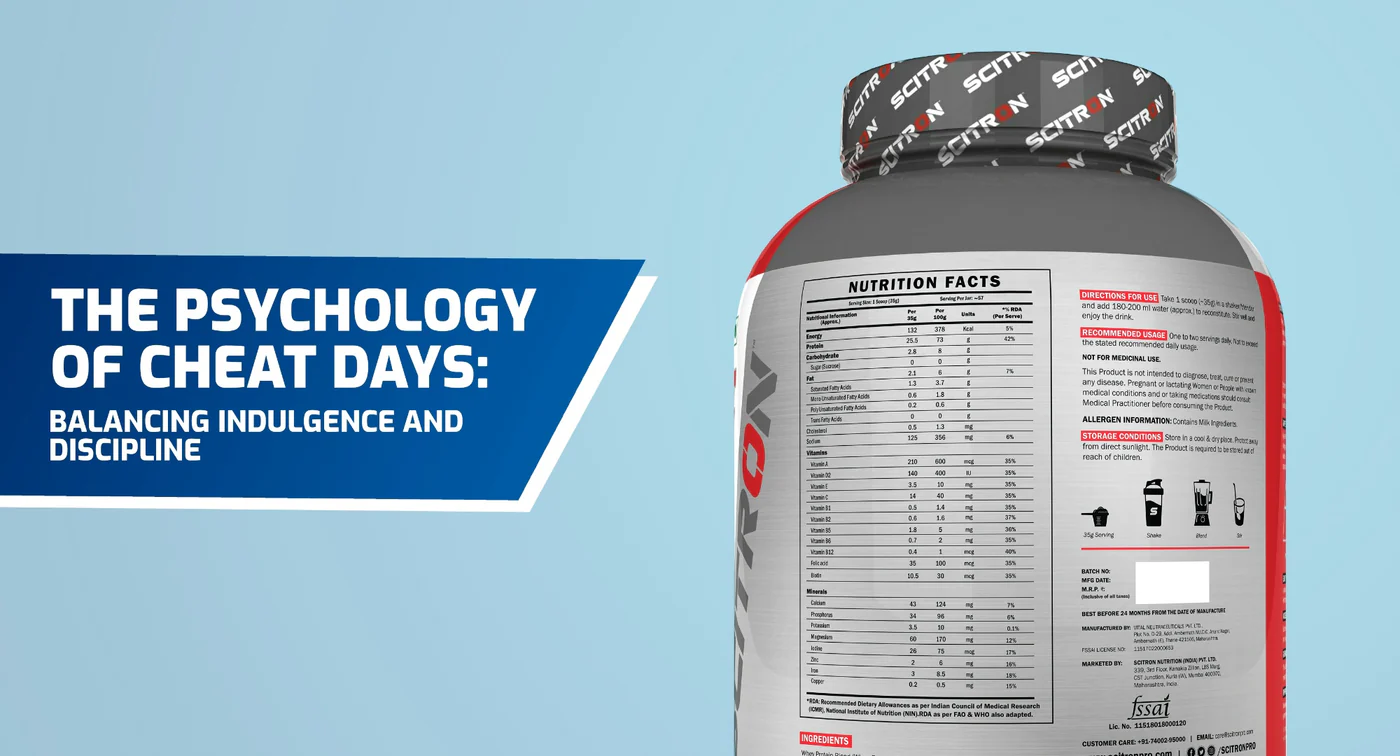Blog
Nutrition Labels
Label Reading Tips: How to Decode Nutrition Labels for Healthier Choices
Reading and understanding nutrition labels is a crucial skill for making healthy food choices. However, the information on these labels can sometimes be overwhelming.
In this article, we’ll provide you with some simple label reading tips to help you decode nutrition labels and make healthier choices at the grocery store.
Start with the Serving Size:
-
- Understand what constitutes a single serving.
- Pay attention to the number of servings per container.
Check the Calories:
-
- Be mindful of the calorie content per serving.
- Consider how many servings you’re likely to consume at one time.
Evaluate Macronutrients:
-
- Protein:
- Aim for foods with a higher protein content to keep you feeling full and satisfied.
- Carbohydrates:
- Look for foods with complex carbohydrates and fiber for sustained energy.
- Fat:
- Choose foods with healthy fats like monounsaturated and polyunsaturated fats, and limit saturated and trans fats.
- Protein:
Watch for Hidden Sugars and Sodium:
-
- Check the ingredient list for added sugars, high-fructose corn syrup, and other sweeteners.
- Be mindful of sodium content, especially in processed and packaged foods.
Look for Essential Nutrients:
-
- Pay attention to the % Daily Value (%DV) for key nutrients like fiber, vitamins, and minerals.
- Aim for foods that provide at least 20% of the %DV for these nutrients per serving.
Be Skeptical of Health Claims and Buzzwords:
-
- Look beyond marketing claims like “low-fat” or “all-natural.”
- Focus on the nutrition facts rather than buzzwords.
Compare Similar Products:
-
- Use nutrition labels to compare different brands and varieties of the same food.
- Choose the option with the most favorable nutritional profile.
Use the Ingredient List:
-
- Check the ingredient list for hidden additives, preservatives, and artificial ingredients.
- Choose foods with simple, whole-food ingredients.
Consider Your Dietary Goals and Restrictions:
-
- Tailor your food choices to fit your specific dietary needs, such as gluten-free, dairy-free, or vegan.
Practice Portion Control:
-
- Use nutrition labels to help you manage portion sizes and avoid overeating.
Conclusion
Learning how to read and understand nutrition labels is an essential skill for making healthy food choices.
By following these label reading tips, you can make informed decisions about the foods you eat, leading to better health and well-being.
Start using these tips the next time you’re at the grocery store, and make healthier choices for you and your family.








Leave feedback about this